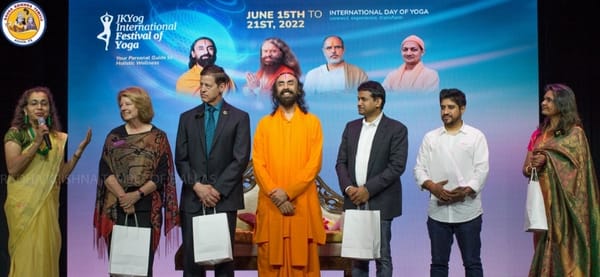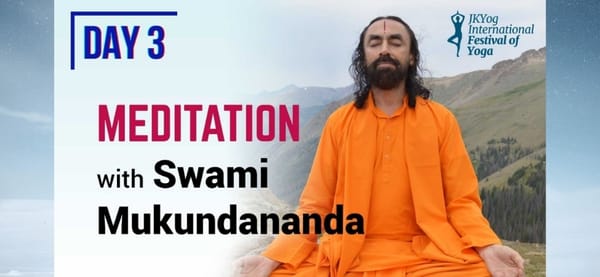Meditation Techniques for Work - Meditation is a great way to develop equanimity, compassion, and peace in fast paced environments. Today’s corporate environment is such that one constantly strives to achieve tough goals in record time. It is important for employees to have a peaceful, productive, and motivated mindset when at work. Meditation has thus started trending in many companies such as Apple, Google, LinkedIn, Twitter, and Nike to name a few. These companies offer guided meditations and meditation rooms for their employees. Several meditation apps exist such as Headspace and Calm for those on the move.
There are many meditation techniques from various traditions around the world.
Meditation Techniques - Types of Traditions
Mindfulness meditation is derived from Buddhist traditions. It involves focusing on the present without judgement. This technique helps develop a mindful attitude through the day and helps in responding rather than reacting to stressful situations.
Transcendental meditation involves the recitation of a mantra, but does not include control, concentration or emptying of the mind. Maharishi Mahesh Yogi propagated it.
There are also other forms of meditation such as – Chakra meditation, third eye meditation, Kundalini meditation etc.
However commonly practiced meditation techniques are mostly mechanical outwardly activities or aim to control the mind. Our self-effort to control the mind is not long lasting as it is based on a limited resource – will power.
Meditation Techniques - Easiest and Fool-Proof Way
In the Bhagavad Gita, Arjun says to Shree Krishna –
chañchalaṁ hi manaḥ kṛiṣhṇa pramāthi balavad dṛiḍham
tasyāhaṁ nigrahaṁ manye vāyor iva su-duṣhkaram
“The mind is very restless, turbulent, strong and obstinate, O Krishna. It appears to me that it is more difficult to control than the wind.” - Chapter 6 Verse 34, Bhagavad Gita
The mind cannot be without a thought for even a moment! Even if we do manage to control it for some time, the inherent tendencies of the mind will once again create thoughts of anger, greed, envy, lust, pride etc. Such thoughts are not fruitful especially in professional situations.
Shree Krishna responds by saying –
asanśhayaṁ mahā-bāho mano durnigrahaṁ chalam
abhyāsena tu kaunteya vairāgyeṇa cha gṛihyate
“O mighty-armed son of Kunti, what you say is correct; the mind is indeed very difficult to restrain. But by practice and detachment, it can be controlled.” - Chapter 6 Verse 35, Bhagavad Gita
What does Shree Krishna mean by practice and detachment?
Detachment indicates the act of removing the mind from the direction it is habituated to running toward. Practice indicates resting the mind on the Lord. True mental control and purification can only be achieved when the impure mind is attached to the all pure God. This is also called “Yog” or union with God.
JKYog thus prescribes “Roop Dhyan” or meditation on the form of God. A few quick sample meditations are described here for your convenience, which can be performed in the privacy of your office cube. All you need to do is close your eyes for five to ten minutes and focus on the form of God that is most appealing to you. Enliven this mental image of God and serve Him or seek His blessings and grace. In time you will find yourself to be more peaceful and positive owing to the energy you receive in meditation from God. Every couple of hours you can take five to ten minutes to contemplate on God in this way. There are several short meditations available on YouTube. You can also sign up for daily meditation sessions on Daily Sadhana.
Try it out and let us know what you think!






